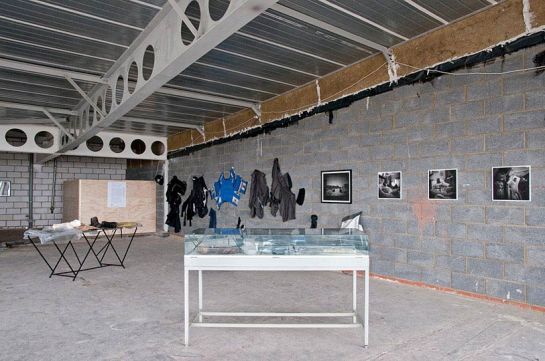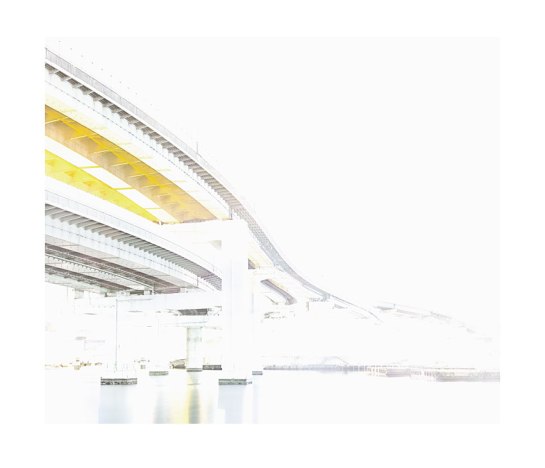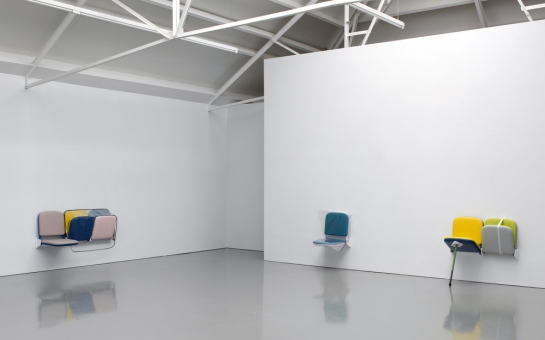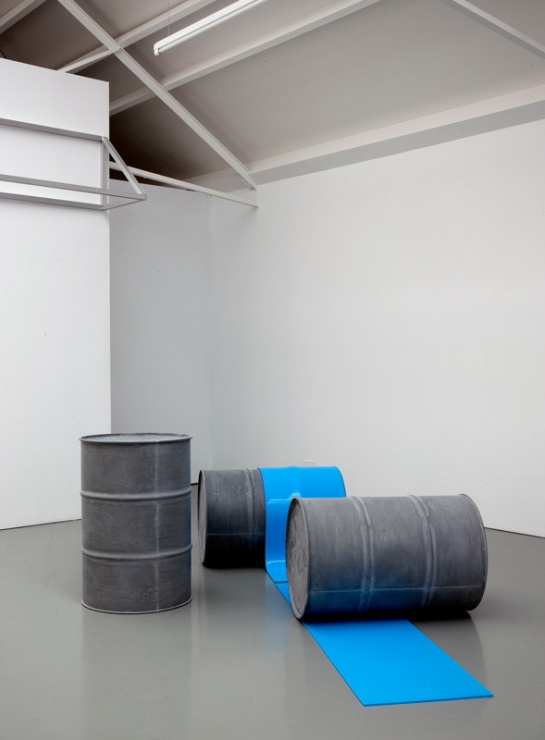





This review by Nick Warner was posted on This Is Tomorrow blog about the House 2013 Festival. Really interesting works by several artists. The review makes for interesting reading and especially how Warner applies the concept of Heterotopia by Michel Foucault.
HOUSE 2013
Brighton and Hove’s curated and programmed visual arts festival
4 – 26 May 2013
Review by Nick Warner
Between 1966 and 1967 Michel Foucault proposed the notion of the heterotopic space on several occasions. When defining the heterotopia as a space of otherness, a place neither here nor there, Foucault cited examples such as brothels, ships, gardens, prisons and, perhaps most famously, cemeteries. The concept of heterotopia has proliferated exponentially since the inauguration of the digital sphere and the opening up of the most spectacular heterotopic space conceivable; the internet. With access to a globe of unending communicative networks and within a vastly increased planetary proximity, the potential for spatial alterity is increasingly present, and an exhibitionary obligation to the dialogue between the familiar spaces of the domestic and the Uncanny spaces of the heterotopic is being tended to as swiftly as it is emerging.
With that in mind, HOUSE Festival, currently embarking upon it fifth annual iteration alongside the Brighton Festival, presents ‘Heterotopias and Other Domestic Landscapes’, an exhibition of new works by German artist Mariele Neudecker. As per the usual HOUSE Festival format, Neudecker’s work has been selected as the primary focus of the festival’s thematic, against which an open-call is generated. From this, peripheral regional artists are chosen to produce commissioned works which accent, or exchange with, Neudecker’s work in a multi-dimensional conversation between various domestic, commercial and public spaces across Brighton. The thematic for 2013’s HOUSE Festival was identified in Neudecker’s work by this year’s guest curator Celia Davies, Acting Director and Head of Programme at Photoworks, and general Brighton-art-scene celebrity. While Davies is responsible for the selection of Neudecker as the ‘lead artist’ from this point onwards it seems the selection of other artists is a collaborative one, and when I visited the festival Neudecker took on an interestingly curatorial role, speaking about the relevance of the other works to her own with ease, and answering questions about the other parts of the project. Alongside Neudecker, the list of artists commissioned includes Emma Critchley, David Wightman, Andrew Kotting with Anonymous Bosch and Ben Fitton with Dylan Shipton.
Neudecker’s work is installed in Brighton’s historical Regency Town House, which is exactly what its title would suggest. The work occupies rooms throughout several floors of the house, and its spread through the various interiors seems significant in the curation of a festival reflecting on the varying domesticity of contemporary art. The work, a multi-disciplinary contemplation of different landscapes, both real and imagined, is installed with a sort of metaphorical site-specificity, so that images of Arctic skies intersected by hand-drawn vapour trails occupy the uppermost portion of the building, and video works shot deep underwater in the Indian Ocean are situated in the subterranean basement spaces of the house. The house remains in a state of moderate disrepair and the elaborate hanging systems conceived to avoid any direct drilling to the building, which is in the process of becoming listed, extends the work’s heavily site-specific emphasis. On the ground floor of Regency Town House documentation of Neudecker’s trip to the Arctic is displayed; Polaroids and videos surround a large iceberg sculpture, a stunningly realistic maquette of an iceberg the artist circumnavigated with a view to making such a reproduction. The iceberg, the artist admits, is produced with an uncertain level of accuracy, amalgamated from several favourable icebergs seen on the excursion, and is scaled down to remain in proportion yet to fit through a standard door frame. The production of the work becomes less about an accurate representation of an object or event, and more about the problematics of domesticating the object and event. The memory or recital of an experience becomes in itself, heterotopic, sitting between temporal zones of past and present, and between geophysical zones of distant and proximate.
Equally, Dan Fitton and Dylan Shipton’s commission piece, ‘Monument to the Excluded Middle’, deals with the same heterotopic space of remembrance and reproduction. Situated in St Peter’s Church Gardens Fitton and Shipton’s monument resembles an air ship, collapsed and wrecked in the mid-section, and come aground. The airship was the first means by which humans saw the earth from the air, and so was a landmark technology in our expanded understanding of a multiplicity of perspectives. As the sky came to represent a new mode of exploration, so do these recurring possibilities of remembrance through the heterotopic space of the monument.
Emma Critchley’s commissioned video work, ’Aria’, is a startlingly beautiful film depicting a choreographed female figure moving serenely beneath the surface of a swimming pool. Filmed from underwater and accompanied by a specially scored female soprano singing a haunting a capella, ‘Aria’ is screened in a blacked out shipping container situated on Brighton’s seafront. The work is projected onto a stretched screen which reaches floor to ceiling inside the black box: entering only in small numbers, the environment is wholly immersive for its audience. The displacement of the body underwater, and the renewed and unfamiliar engagement with its own faculties, is mesmerising and surprisingly the alien quality of the underwater landscape reins in any overtly feminist readings of what could easily be read, due to visual associations, as a piece of feminist performance art.
Bodily displacement is made more explicit, or at least more immediately visceral, in the commissioned body of work produced by Andrew Kotting and Anonymous Bosch. The two had planned an extensive trip into the Pyrenees to make a series of new pinhole images in mountain caves. However, a motorcycle accident immediately before their departure meant that Kotting was hospitalised and the project would never come to fruition. Using pinhole images of Kotting’s own hospitalisation and recovery as a starting point, an extensive exhibition of paraphernalia has evolved including artefacts of Kotting’s crash and hospital residency, historical artefacts from the proposed region of the Pyrenees and a series of new pin hole images produced in the infinitely more accessible caves in Hastings. Directly adjacent the commercial seaside property in which Kotting and Bosch’s work is on show, a single large canvas is housed in a glass-box retail unit. David Wightman’s ‘Hero’ is, as with all of Wightman’s paintings, made up of painted wallpaper, so that his surreally simplified landscapes become textured with the memory of his own childhood and domestic past.
HOUSE Festival presents a concise and astute selection of works dealing with notions of the landscape with a heterotopic twist. The space that occurs between the artefact, object or event and its viewer expands out into a vast heterotopia that becomes manifest either in the content of the work or the environment of its presentation. These works all reflect differently upon possible ways of producing heterotopic landscapes, as bodies of research that move fluidly between science and fantasy, as immersive experiences, as publically available monumental remembrances and as detailed accounts of personal trauma.
HOUSE 2013 Website Click Here




































